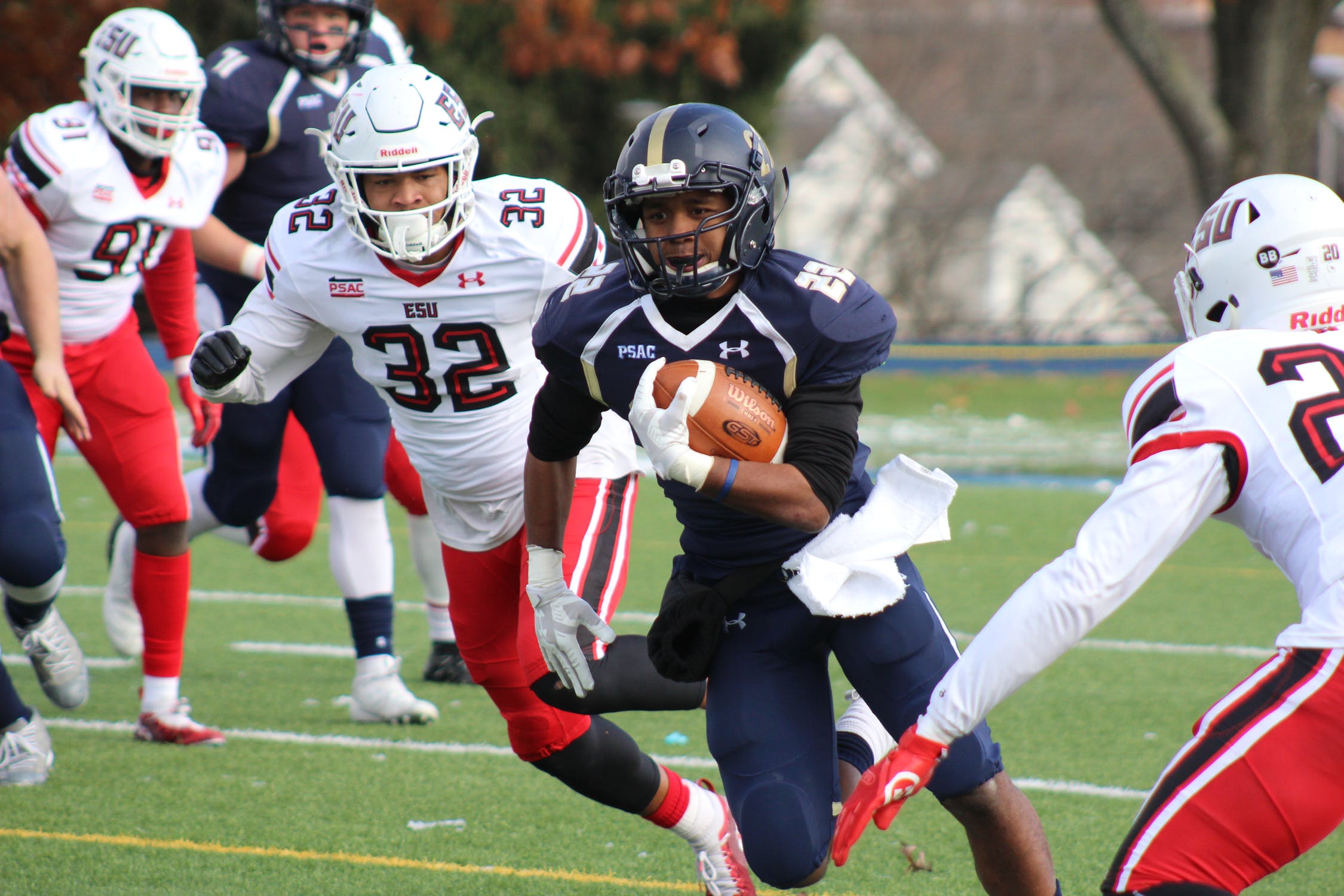Community
Massachusetts releases reopening sports activity guidelines Monday for youth, adults

The Massachusetts Executive Office of Energy and Environmental Affairs have issued the following standards for sports activities as part of the Phase III Step 1 reopening.
Facility Operators and Activity Organizers must comply with the following limitations. For nonorganized sports and recreation, individuals should follow these guidelines, where it applies to their activities. Organizers of athletic and recreational activity competitions or tournaments should follow the competition and tournament guidance.
Outdoor and Indoor Sports and Athletic Facilities
Organizations, businesses, schools and government entities that operate outdoor or indoor sports facilities, such as athletic fields, courts and other playing surfaces, pools, and sailing and boating facilities can open their premises and facilities for use by adults and youth in Phase III, Step 1 provided that proper safety measures are implemented by facility operators and activity organizers.
Such athletic facilities subject to this guidance include:
• Gymnastics Facilities
• Indoor & Outdoor Pools
• Indoor and Outdoor Athletic Fields and Courts
• Ice Rinks
• Tracks
• Indoor Gymnasiums
• Martial Arts & Dance Facilities
• Indoor Racquet Courts
• Indoor Batting Cage Facilities
Fitness Centers and Health Clubs must follow the Sector Specific Workplace Safety Standards for Fitness Centers and Health Clubs to Address COVID-19. Pool Facilities (both indoor and outdoor) must ensure compliance with the Safety Standards for Public and Semi-Public Pools. Recreational camps or other programs that are subject to 105 CMR 430.000 must follow the requirements outlined in the Massachusetts Child and Youth Service Programs Reopen Approach: Minimum Requirements for Health and Safety.
SPORTS & RECREATIONAL ACTIVITIES ALLOWED DURING PHASE III, STEP 1
The ability to participate in sports and recreation activities is determined by a combination of (1) risk of transmission of COVID-19 inherent in the sport or recreation activity itself and (2) level of risk associated with the “Type of Play”. In Phase III, Step 1, subject to the limitations and guidelines below:
• Sports and activities included in the Lower Risk category can participate in Level 1, 2, 3, 4 type of play.
• Sports and activities included in the Moderate Risk category can participate in Level 1,
2 and 3 type of play.
• Sports and activities included in the Higher Risk category can participate in Level 1 type
of play
STANDARDS FOR SPORTS & RECREATIONAL ACTIVITIES IN PHASE III, STEP 1
Risk Level: Sports and recreation activities are categorized as “Lower Risk,” “Moderate Risk,” and “Higher Risk.”
Lower Risk sports and recreation activities are characterized by:
• Sports or activities that can be done with social distancing
• Sports or activities that can be done individually
Examples: Batting cages, tennis, pickleball, swimming, catch, disc golf, golf, individual biking, surfing, horseback riding, individual sailing, fishing, hunting, motor sports, yoga & no contact exercise classes, gymnastics
Moderate Risk sports and recreation activities are characterized by:
• Sports or activities that involve intermittent contact, but with protective equipment or mitigating measures in place that may reduce the likelihood of respiratory particle transmission between participants (e.g., wearing masks, modifying play)
Examples: Baseball, softball, crew/sailing (2-3 people in a boat), track and field, cross country, running clubs, team swimming, volleyball, dance class, fencing, field hockey, no-contact lacrosse
Higher Risk sports and recreation activities are characterized by:
• Sports that involve close, sustained contact between participants, lack of significant protective barriers, and high probability that respiratory particles will be transmitted between participants.
Examples: Football, wrestling, soccer, rugby, basketball, lacrosse, ice-hockey, competitive cheer, martial arts, crew/sailing (more than 3 people in a boat), ultimate frisbee.
Type of Play: The following types of play are defined by level from least to greatest risk.
• Level 1: Individual or socially distanced group activities (no-contact workouts, aerobic
conditioning, individual skill work, and drills)
• Level 2: Competitive Practices (Intra-team/group games, contact drills and scrimmages)
• Level 3: Competitions (Inter-team games, meets, matches, races, etc.)
• Level 4: Tournaments (Outdoor only)
For the purposes of these guidelines, a “Competition” is defined as multiple participants or two teams competing against one another in a single contest. A competition includes, inter-team games, matches, shows, meets, and races.
A “Tournament” is a formal contest that consists of multiple games between multiple persons or teams, that might include multiple stages, played in a condensed period of time, such as over the course of a single day or multiple days in a row.
In Phase III, Step 1, only outdoor Tournaments are allowed for Lower Risk Sports.
Competition and Tournament Organizers must adhere to the following:
• Outdoor Competitions & Tournaments: No more than 25 players on any surface/playing areas for team/group sports. No more than 100 people including participants, players, coaches, volunteers, spectators in the aggregate in, on, or surrounding any surface/playing area or start/finish lines at any one time, provided that there is adequate space for all participants, players, coaches, volunteers and spectators to maintain at least six feet social distancing, recognizing that for some moderate risk sports intermittent contact may occur for players. Spectators must wear facial coverings and maintain six feet of social distance at all times. For competitions and tournaments in the water, the aforementioned limitation applies to any applicable activities on land. No spectators allowed for sports and activities played by individuals 18 years and older.
• Indoor Competition Capacity: No more than 25 players on any surface/playing areas for
team/group sports. No spectators allowed for indoor competitions for sports and activities played by individuals 18 years and older. If an indoor facility has a chaperone or spectator viewing area which allows for at least six feet social distancing between spectators and the presence of spectators plus players/coaches as well as staff does not cause the facility to exceed more than 40% of the maximum occupancy for the indoor facility, then 1 spectator per player under 18 years old are allowed to attend. Spectators must wear facial coverings and maintain six feet of social distance at all times.
• For facilities with multiple fields, surfaces, courts, organizers should set Competition and
Tournament schedules with a buffer to prevent the overlap of participants and to allow for
disinfection of equipment and cleaning of commonly touched surfaces, if necessary. Games
should end in a draw if time expires.






You must be logged in to post a comment Login